48 Hours in Santiago, Chile
With its snow-dusted peaks providing a dramatic backdrop to a leafy city, Santiago has become one of the biggest international hubs for travellers flying into South America. And it was for this reason, on route to an Antarctica cruise that we recently passed through.
Though having developed a habit for turning our layovers into 48-hour stays, we discovered a surprising cosmopolitan, which was energetic, sophisticated and worldly, not quite Latin America, but not quite Europe.
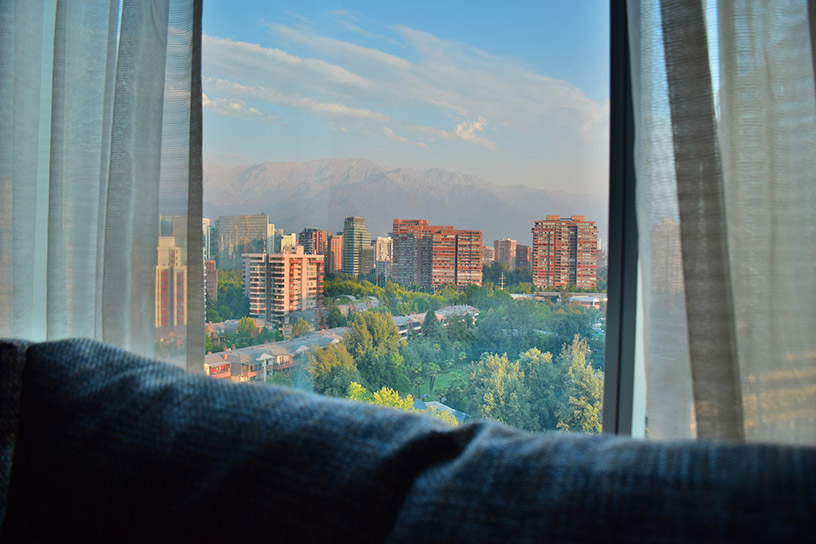
We discovered a wonderful city for strolling, with a strong presence of cultural events and beautiful hillside parks - with grand architecture that sits side by side a modern skyline, a huge array of museums, world-class restaurants and incredible street art.
While I discovered it was possible to explore Santiago in 24 hours, this is a city which deserves to be savoured – so definitely plan to spend at least two days.
Day 1
Start your day at Parque Metropolitano (Metropolitan Park), and plan to spend the morning here. This is the city’s most popular urban park and the lungs of the city, perfect for anyone looking for a full panoramic view.
The area is enormous – with more than 700 hectares this is the fourth largest urban park in the world, brimming with culture, recreation, events, the national zoo, hiking trails, lakes, and urban parks within the urban park! There are incredible viewpoints, botanic gardens, and a historic funicular railway which will take you to the top of San Cristobal Hill if you don’t fancy the climb. At the summit of San Cristobal Hill is a giant statue of the Virgen de la Inmaculada Conception where visitors gather to pray, meditate and take in the panoramic view.
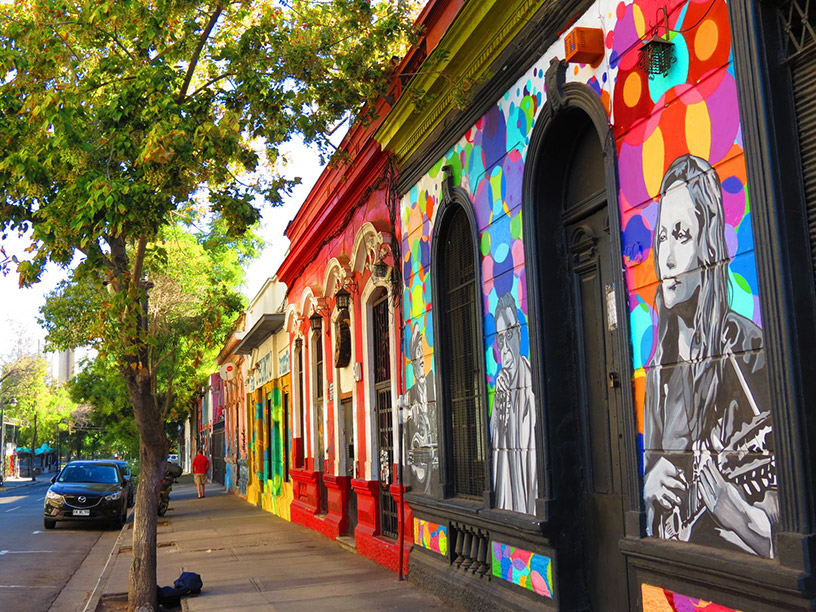
Finish at the Bellavista end of the park (near the statue) and take the funicular back to the bottom. Here you’ll have the chance to explore the trendy Bellavista neighbourhood, which is full of edgy and exciting street art, and a great place to stop for lunch.

Restaurants, cafes and snazzy bars line the Pio Nono which runs straight through the middle, splitting the neighbourhood into two. There’s a lot of sidewalk seating under the leafy trees which line the road, so grab lunch on the go depending on what you’re craving on the day.
Spend the afternoon on a self-guided Bellavista street art tour – you’ll find urban art hidden around every corner, as well as colorful boutique jewelry and clothing stores, art galleries, theatres and raggedy buildings which hold a certain charm.
If your hotel is close by, head back for a nap, or enjoy one in the lush Parque Forestal; a long, thin park that runs parallel with the river and is strewn with elaborate monuments. You’re also close to the Fine Arts museum.
Dinner is at eight at Sarita Colonia Restaurant (this has become the “must” of the Santiago food scene, so you need to make a reservation) at Loreta 40 Recoleta. They serve a varied menu of extravagant “cross-dressed” Peruvian cuisine and the service, food, and interior design is incredible. You should eat at the ground level and then continue to the terrace on the third floor for drinks.
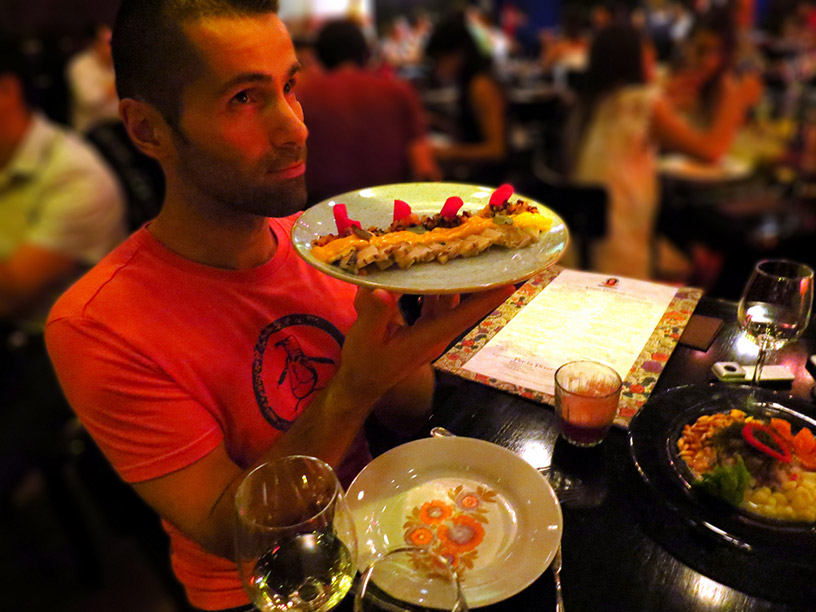
Day 2
Start your second day at 9 am as soon as the gates of Cerro Santa Lucia open (Santa Lucia Hill). You can easily spend multiple hours here enjoying the views over the city, and taking in the many walking paths and buildings as you climb.
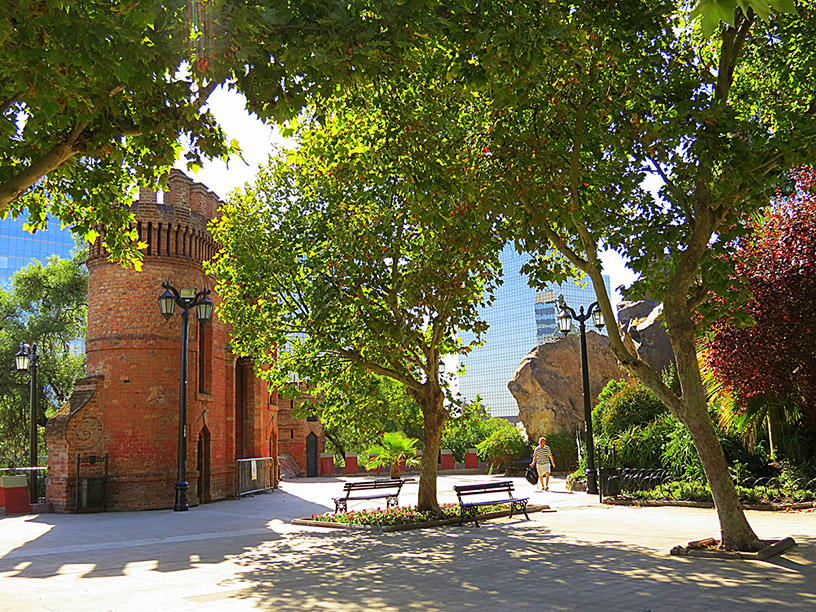
A web of trails and steep stone staircases lead you through each terrace until you reach the Torre Mirador (a European style castle) at the top, and there are gardens and interesting structures along the way (churches, cannons and hidden sculptures and statues). Once you’re at the summit, you have 360-degree panoramic views of the city, and on a clear day, you can see over the city to the Andes mountain range.
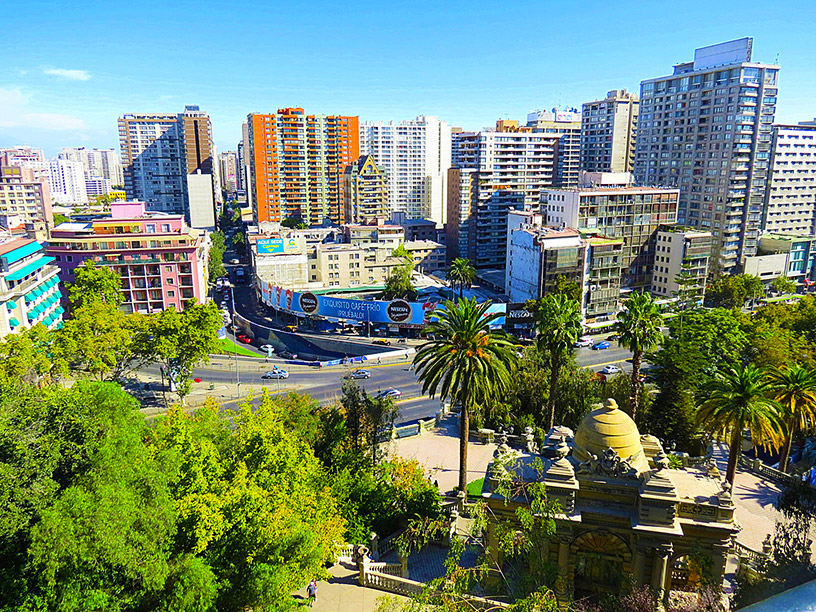
There are many shaded benches dotted throughout the park, along with kiosks which sell snacks and drinks. This is a favourite spot among locals, so it’s bustling on weekends and holidays, but you can avoid the crowds during the week. Wear decent walking shoes as the stairways are steep.
After enjoying the views, you’ll find yourself in the Lastarria neighbourhood, which is a great place to stop for lunch and enjoy a drink. Make your way down Liberator Bernardo O’Higgins until you reach Jose Victorino Lastarria. This is the main street which runs through the quarter, and there are many restaurants and creative cafes, not to mention the interesting architecture you can catch along the way. You could eat anywhere here, though for an authentic Chilean lunch experience head to La Fuente Alemana recommended by Anthony Bourdain!

Wandering through the pedestrian shopping streets of Ahumada or Estado, find your way to Plaza De Armas. This is the city’s historic centre and known as the central point from which the city continues to grow. Explore the historic buildings throughout the Plaza, like the Central Post Office, the Palacio de la Real Audiencia and the incredible Cathedral. The Cathedral might look a bit plain from the outside. However, the interior is stunning and ornate. Mercado Central is nearby, a bustling central market which was designed by Gustav Eiffel (some of his lesser known works include that tower in France!)
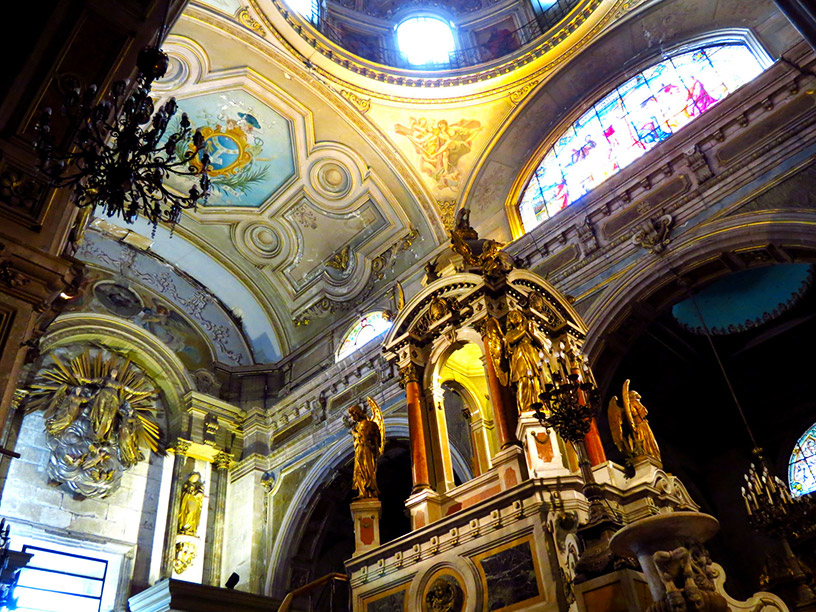
Next on the itinerary is La Moneda, the former presidential palace that was damaged by air force missile attacks in the 1970’s and almost entirely rebuilt. It is an ornate neoclassical building that was originally the official mint.
If you don’t have an early flight, you can jump on the metro here to Baquedano, and catch a theatre show at the University of Chile. Shows usually run at 7.30pm on weekends, and depending on the calendar you might catch the local symphony, ballet or chorale. This won’t cost any more than $15 if that. You’re better taking in a music performance if you don’t speak Spanish.
On your way back to the hotel there are restaurants, cafes and bars on every corner for dinner and drinks.
Megan Jerrard is an Australian Journalist and the founder and Senior Editor of Mapping Megan, an award-winning travel blog bringing you the latest in adventure travel from all over the globe. At 29 she has lived a life full of more adventure than most people dream of – having skydived over the Swiss Alps, walked among the mighty Elephants of Africa, and summited the highest free-standing mountain in the world (Kilimanjaro). Her husband Mike is the American naturalist and wildlife photographer behind Waking Up Wild; a website dedicated to opening your eyes to the wild & natural world.
The views, opinions and positions expressed by the author and those providing comments are theirs alone, and are meant as travel inspiration only. They do not reflect the opinions of Cover-More Insurance. You should always read the PDS available from your travel insurance provider to understand the limits, exclusions and conditions of your policy and to ensure any activities you undertake are covered by your policy.